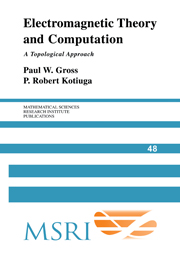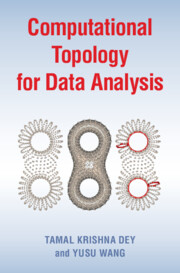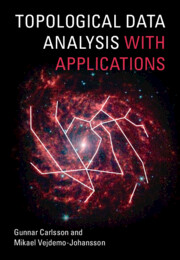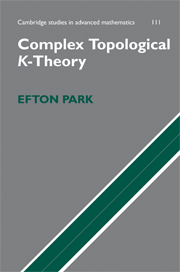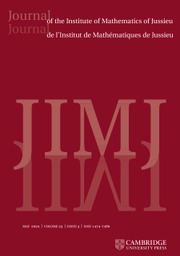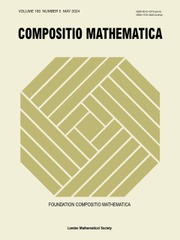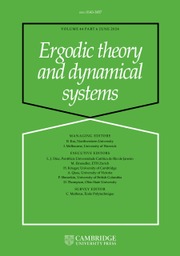Electromagnetic Theory and Computation
Although topology was recognized by Gauss and Maxwell to play a pivotal role in the formulation of electromagnetic boundary value problems, it is a largely unexploited tool for field computation. The development of algebraic topology since Maxwell provides a framework for linking data structures, algorithms, and computation to topological aspects of three-dimensional electromagnetic boundary value problems. This book attempts to expose the link between Maxwell and a modern approach to algorithms. The first chapters lay out the relevant facts about homology and cohomology, stressing their interpretations in electromagnetism. These topological structures are subsequently tied to variational formulations in electromagnetics, the finite element method, algorithms, and certain aspects of numerical linear algebra. A recurring theme is the formulation of and algorithms for the problem of making branch cuts for computing magnetic scalar potentials and eddy currents.
- Homology and cohomology theory applied to finite element algorithms for computing electric and magnetic fields in 3-dimensional problems
- Role of topology in data structures and efficiency of numerical algorithms
- The link between topology and differential forms to variational methods in electromagnetism
Product details
April 2011Paperback
9780521175234
290 pages
234 × 156 × 15 mm
0.41kg
Available
Table of Contents
- 1. From vector calculus to algebraic topology
- 2. Quasistatic electromagnetic fields
- 3. Duality theorems for manifolds with boundary
- 4. The finite element method and data structures
- 5. Computing eddy currents on thin conductors with scalar potentials
- 6. An algorithm to make cuts for magnetic scalar potentials
- 7. A paradigm problem.

